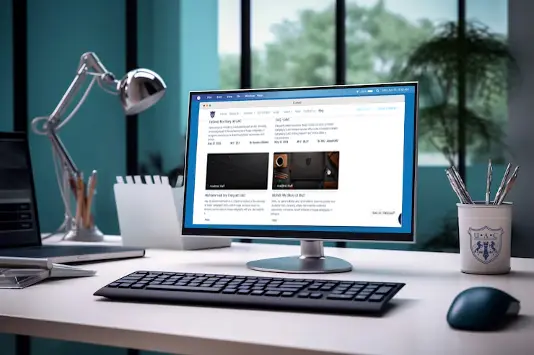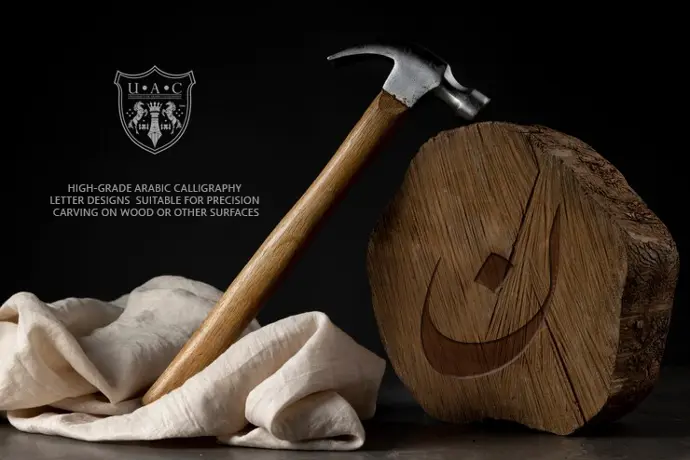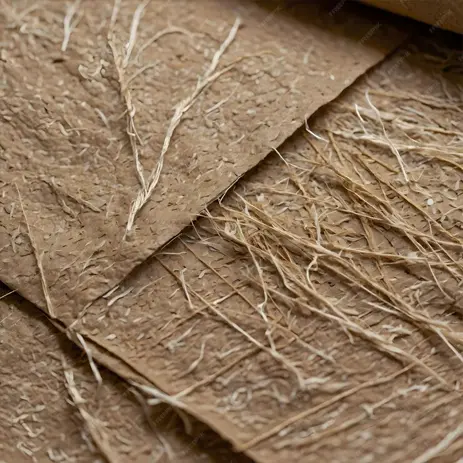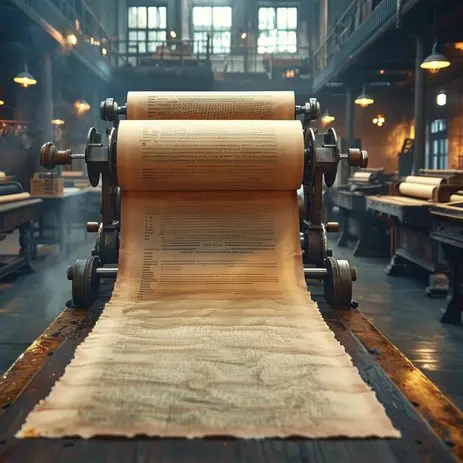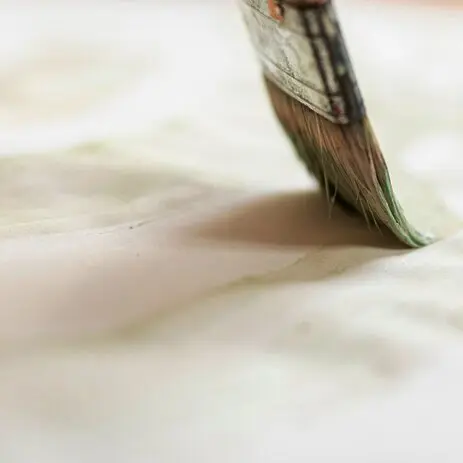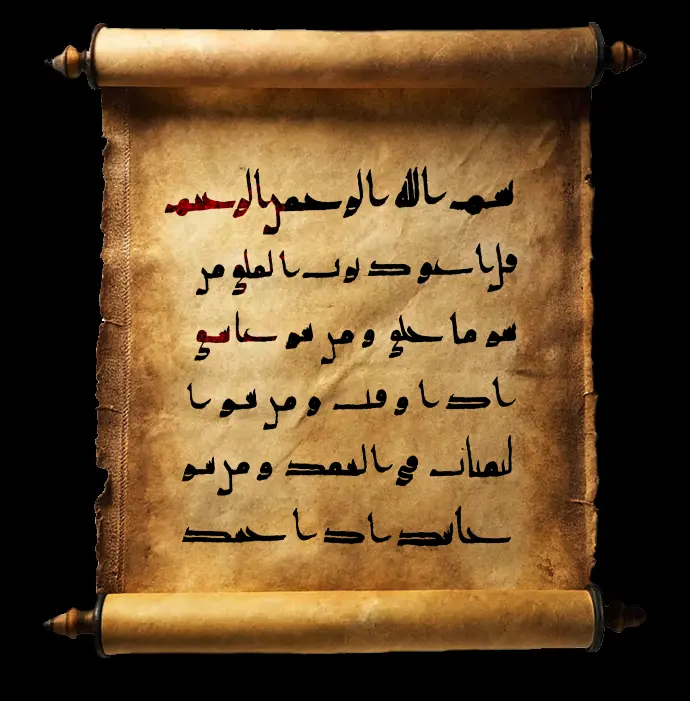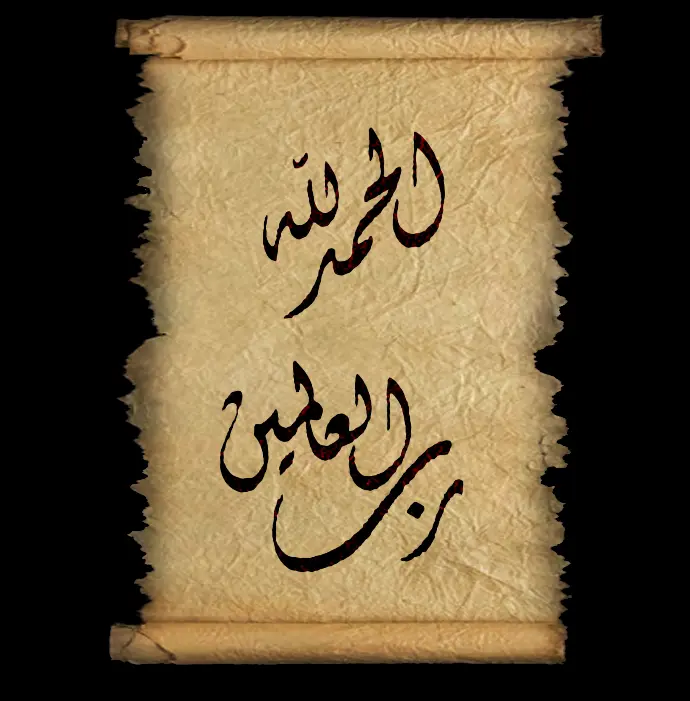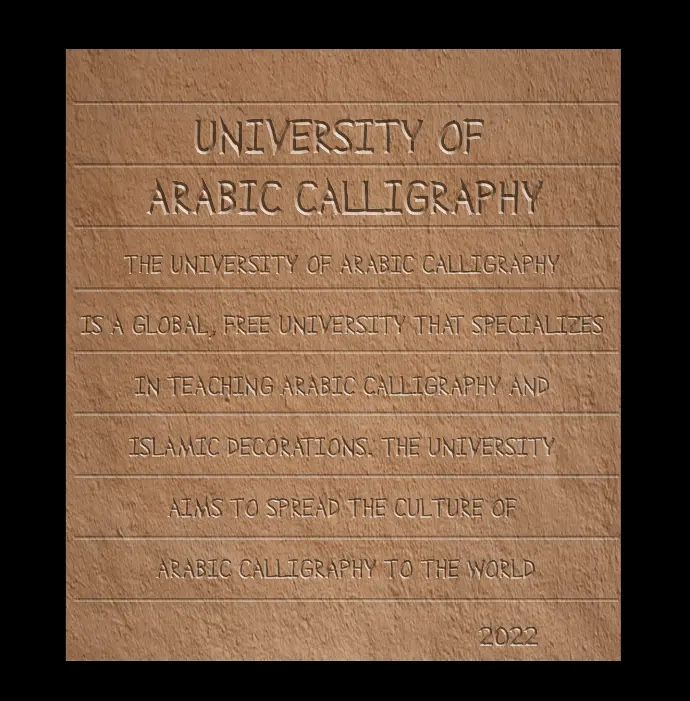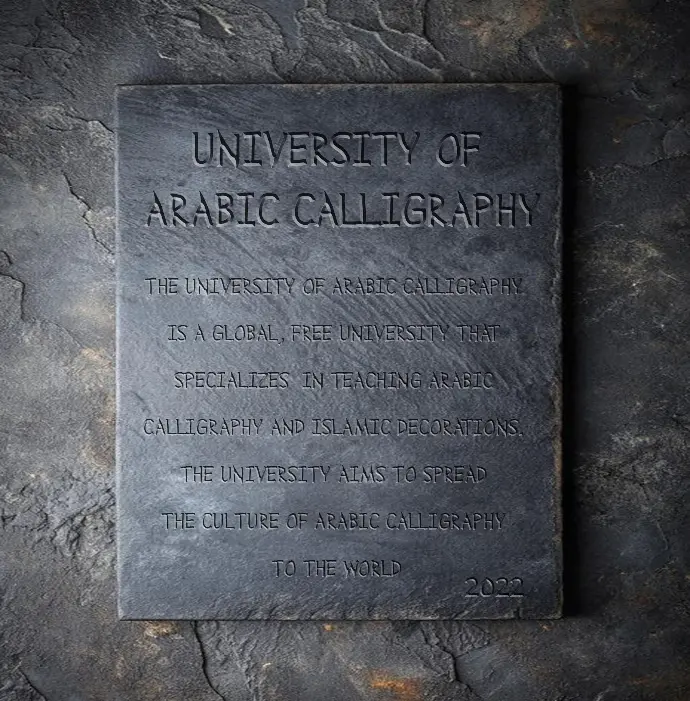Papyrus
Papyrus, developed in Ancient Egypt around 3000 BCE, was made from the pith of the papyrus plant. This early writing material was lightweight and relatively easy to produce but brittle and prone to damage over time. In the context of Arabic calligraphy, papyrus was used in the early Islamic period for recording texts, although its use was eventually supplanted by more durable materials.
Period of Use: |
Ancient Egypt to Early Islamic period
|
Primary Composition: |
Pith of the papyrus plant
|
Characteristics: |
Brittle, limited durability, lightweight
|
Usage in Arabic Calligraphy: |
Used for early texts, especially in Egypt
|
Advantages: |
Lightweight, readily available in Egypt
|
Disadvantages: | Brittle, not very durable |
Clay Tablets
Clay tablets, used primarily in ancient Mesopotamia, represent one of the earliest forms of writing materials. These tablets, created from wet clay and inscribed with cuneiform script, were durable but heavy. Although not used directly in Arabic calligraphy, their historical significance lies in their role in the development of writing systems that influenced later cultures, including those that contributed to the evolution of Arabic calligraphy.
Period of Use: |
Ancient Mesopotamia
|
Primary Composition: |
Clay
|
Characteristics: |
Durable but heavy and cumbersome
|
Usage in Arabic Calligraphy: |
Not used in Arabic calligraphy, but important in early regional writing traditions
|
Advantages: |
Highly durable, long-lasting
|
Disadvantages: | Heavy, difficult to transport and store |
Parchment
Parchment, made from the processed skins of animals such as sheep or goats, was a significant advancement in writing materials due to its durability and flexibility. It provided a smooth surface for writing and was widely used in the medieval period for manuscripts, including those featuring early Arabic calligraphy. Its durability made it suitable for preserving important texts and documents.
Period of Use: |
Ancient to Medieval periods
|
Primary Composition: |
Animal skins (sheep, goat)
|
Characteristics: |
Durable, flexible, smooth surface
|
Usage in Arabic Calligraphy: |
Used for important manuscripts and documents
|
Advantages: |
Durable, flexible, smooth
|
Disadvantages: | Expensive, time-consuming to produce |
Vellum
Vellum, a finer quality of parchment made from calfskin, offered an even smoother and more durable surface than standard parchment. This material was prized for its quality and was often used for high-status documents and religious manuscripts. In Arabic calligraphy, vellum provided an ideal medium for elaborate and decorative scripts, reflecting the artistry and importance of the texts.
Period of Use: |
Ancient to Medieval periods
|
Primary Composition: |
Calf skins
|
Characteristics: |
Highly durable, very smooth and fine surface
|
Usage in Arabic Calligraphy: |
Used for high-quality religious texts and manuscripts
|
Advantages: |
Extremely durable, very smooth surface
|
Disadvantages: | Very expensive, limited availability |
Early Islamic Paper
Introduced to the Islamic world in the 8th century CE, early Islamic paper was made from flax, hemp, and recycled rags. This material revolutionized writing by making it more accessible and affordable compared to parchment and vellum. Paper's smoother surface and versatility allowed for the widespread production of manuscripts and contributed to the development of various Arabic calligraphic styles, such as Kufic and Naskh scripts.
Period of Use: |
8th century CE onward
|
Primary Composition: |
Flax, hemp, recycled rags
|
Characteristics: |
Durable, smooth, more accessible than parchment
|
Usage in Arabic Calligraphy: |
Became widespread after introduction in Samarkand and Baghdad
|
Advantages: |
More accessible, easier to produce than parchment
|
Disadvantages: | Less durable than vellum and parchment |
European Paper
By the medieval period, European paper, made from linen and cotton rags, began to be introduced into the Islamic world through trade. This paper was less expensive and more readily available than traditional materials. Its adoption facilitated the proliferation of Arabic calligraphy across various regions, leading to the development of scripts like Diwani and Thuluth.
Period of Use: |
Medieval to Modern periods
|
Primary Composition: |
Linen, cotton rags
|
Characteristics: |
Less expensive, widely available
|
Usage in Arabic Calligraphy: |
Adopted due to trade and availability in the Islamic world
|
Advantages: |
Inexpensive, widely available
|
Disadvantages: | Varied quality, not always durable |
Modern Calligraphy Paper
Modern calligraphy paper, produced from cotton and cellulose fibers, represents the latest advancement in writing materials. It is designed to be high-quality, durable, and acid-free, providing a smooth surface that enhances the performance of modern inks. This paper supports a wide range of calligraphic techniques and is preferred for contemporary Arabic calligraphy, combining traditional aesthetics with modern technology.
Period of Use: |
Contemporary
|
Primary Composition: |
Cotton, cellulose fibers
|
Characteristics: |
High durability, smooth, acid-free
|
Usage in Arabic Calligraphy: |
Preferred for modern calligraphy due to its quality and ink-holding properties
|
Advantages: |
High quality, durable, smooth, acid-free
|
Disadvantages: |
Can be expensive
|



